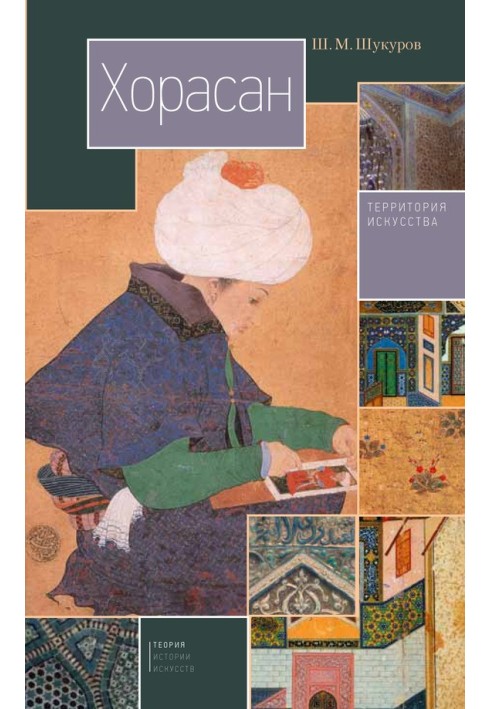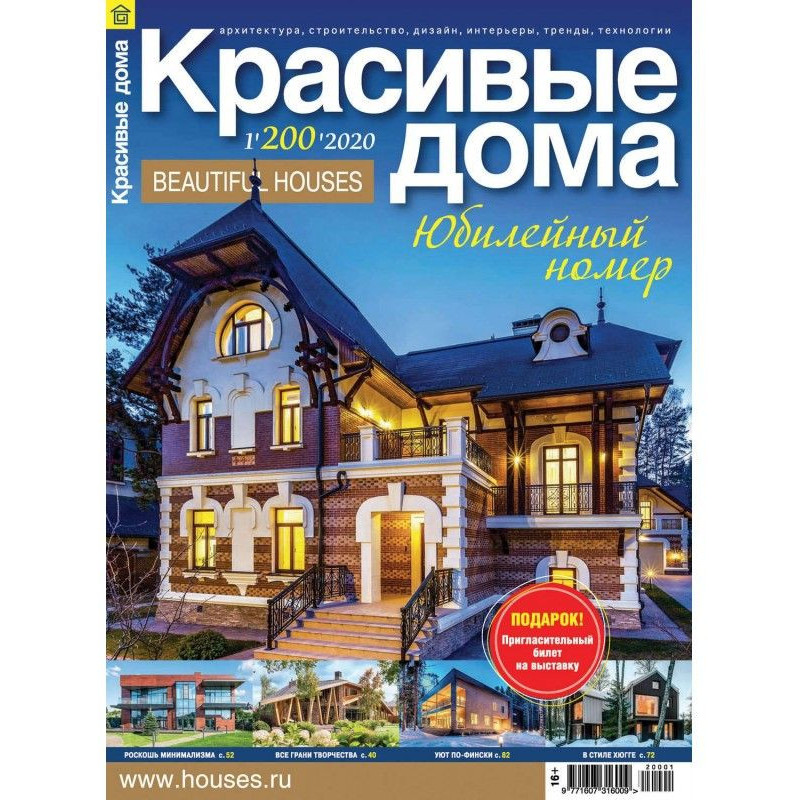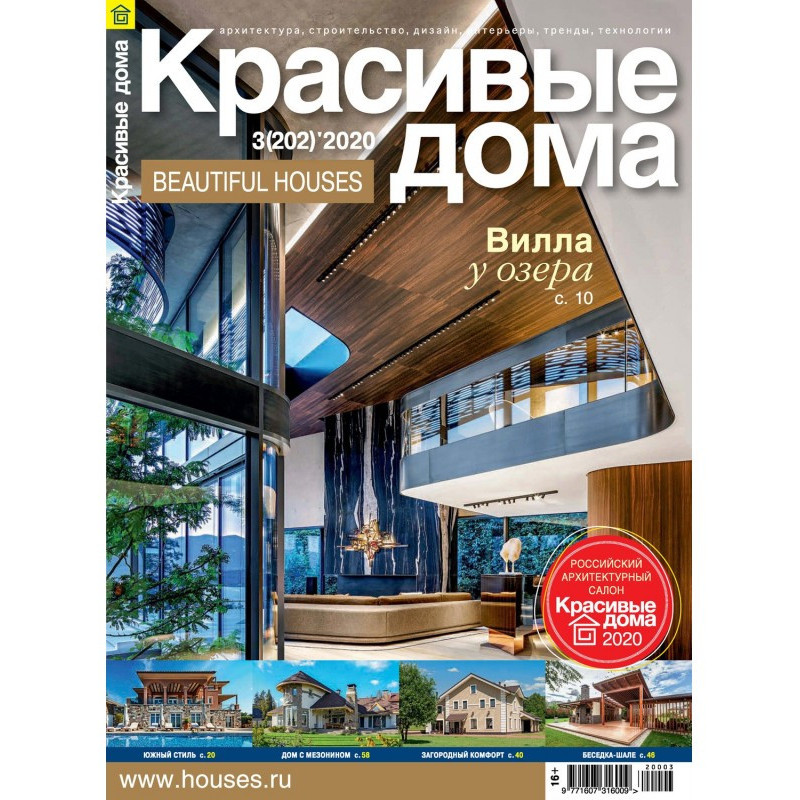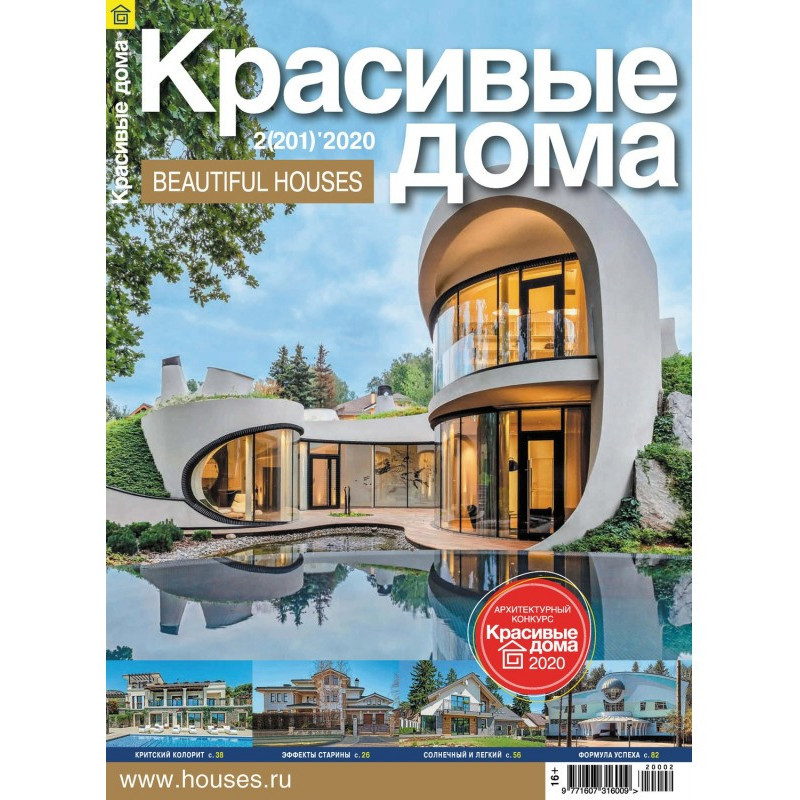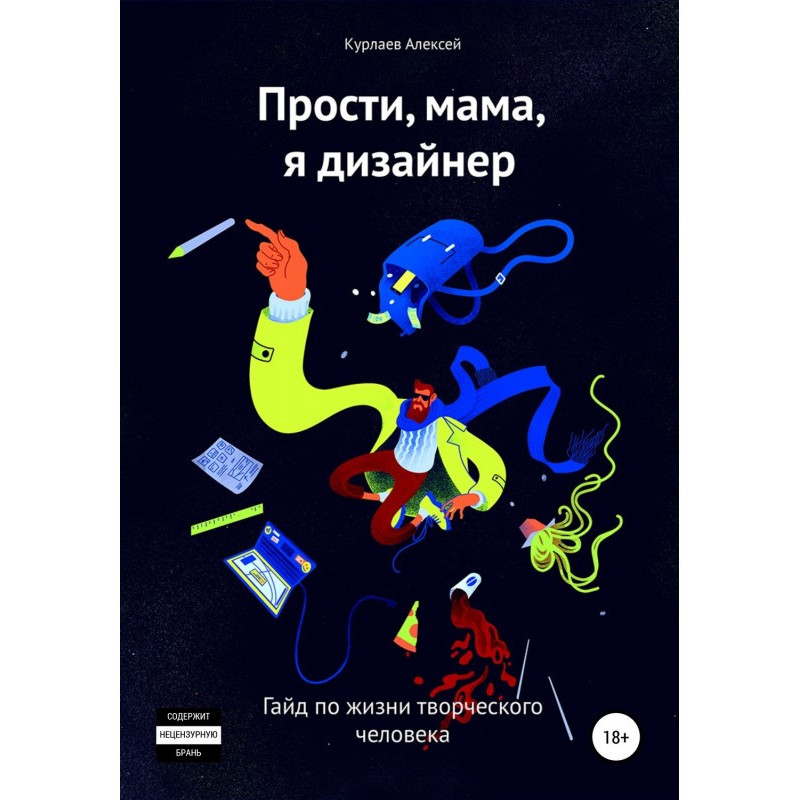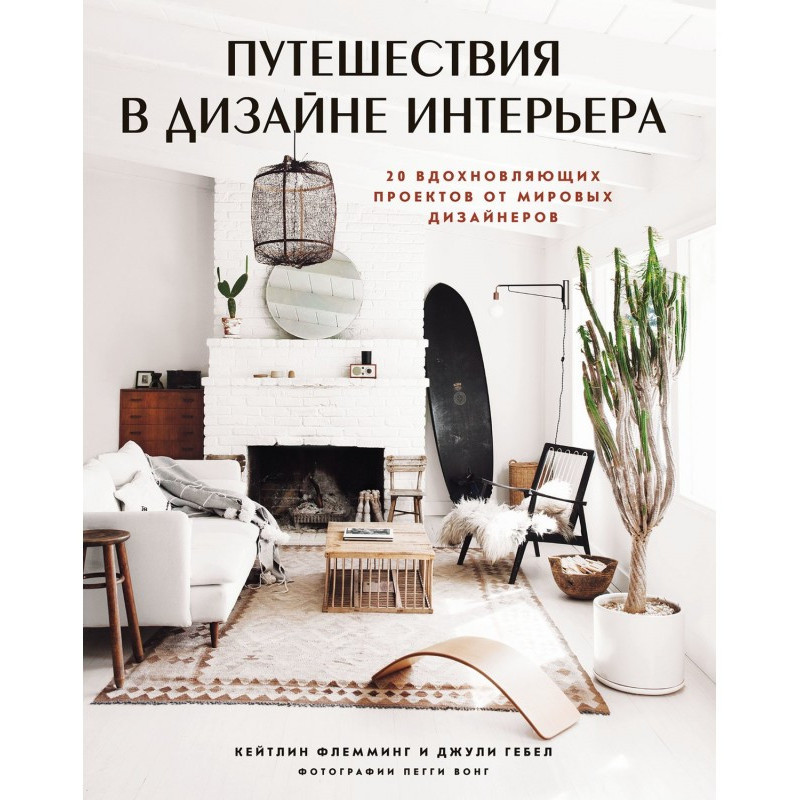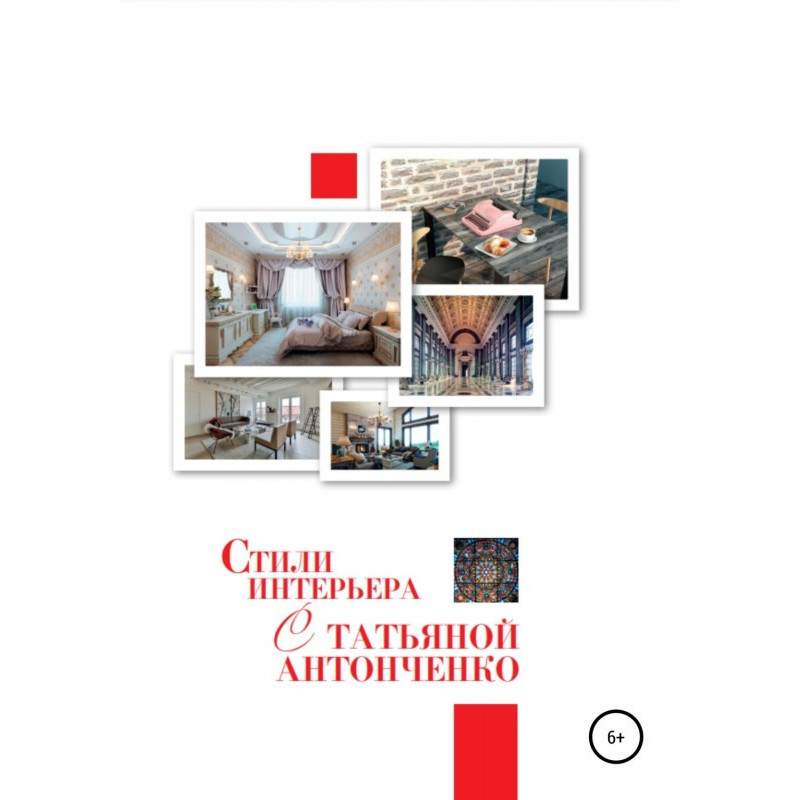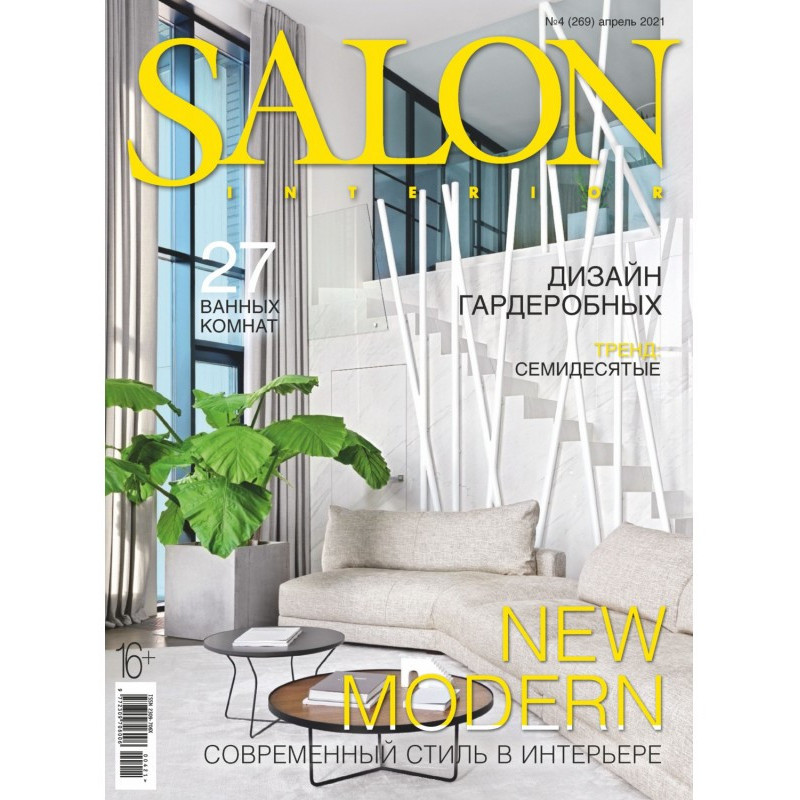Khorasan. Art territory
 Instant download
Instant download
after payment (24/7)
 Wide range of formats
Wide range of formats
(for all gadgets)
 Full book
Full book
(including for Apple and Android)
The book is devoted to the prerequisites for the formation of the culture of Greater Khorasan (Central Asia, Afghanistan, eastern Iran) and Iran proper from the 9th to the 15th centuries. This was a time that made a significant contribution to the culture of the Middle Ages of Khorasan, not only from the standpoint of the creation of a new language (Farsi-Dari) in the 9th century, but essentially the creation of completely new ideas, ways of thinking and forms in philosophy, poetry, architecture, and fine arts. As the author of the book shows, the figurative structure of poetry and ornament is comparable, and in order to understand this, one should choose the necessary angle of view. The formation of visual perception is a central theme of the book. The aim of the book is to discover the ideas, images and forms that make up the essence of the art and architecture of the region. The problem of the ethno-territorial peculiarity of Khorasan in the Middle Ages can be traced throughout the book. An important place in the book is occupied by the search for etymological and semantic images of the culture of Greater Iran from Shiraz to Bukhara. Such are, for example, the search for etymological images of pictorial and architectural form. The book is intended not only for Iranian scholars, but also for all those who are interested in the rules of the internal organization of art, architecture, poetry, and philosophy of the Middle Ages.
Data sheet
- Name of the Author
- Шариф Шукуров Мухаммадович
- Language
- Russian
Reviews
Вражаюче дослідження культури Великого Хорасана!
Книга "Хорасан. Територія мистецтва" є справжнім відкриттям для тих, хто цікавиться історією та культурою Середньої Азії та Ірану. Автор майстерно розкриває передумови формування унікальної культури цього регіону з IX по XV століття, акцентуючи увагу на важливості створення нової мови, філософських ідей та образів у поезії та мистецтві. Читач має можливість зануритися в глибини етимологічних та семантичних пошуків, які демонструють, як культура Хорасана вплинула на розвиток архітектури та образотворчого мистецтва. Особливо вражає, як автор проводить паралелі між поезією та орнаментом, що дає змогу зрозуміти візуальне сприйняття мистецтва цього періоду. Книга буде цікавою не лише іраністам, а й усім, хто прагне зрозуміти складні механізми внутрішньої організації мистецтва та філософії Середньовіччя. Рекомендую всім, хто хоче розширити свої горизонти знань про цю захоплюючу епоху!

